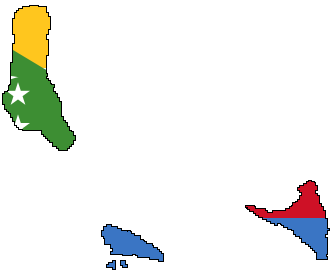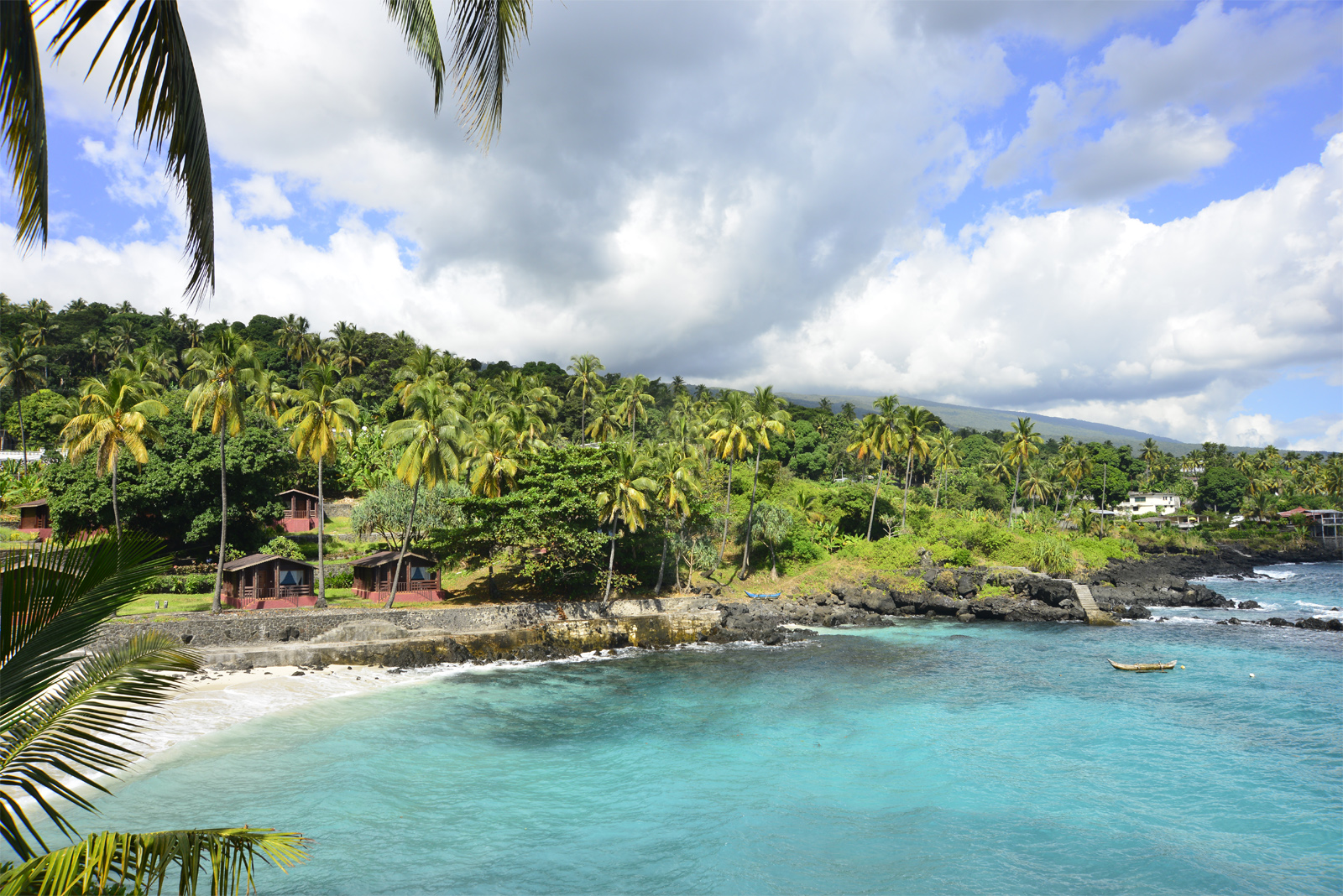Comoros has eight protected areas covering 173 km2 of land and 37 km2 of the ocean (UNEP-WCMC & IUCN, 2019d). Terrestrial and inland areas in protected areas remain small and are not connected in ecologically representative protected areas networks.
There is a need to increase the coverage to meet Aichi Target 11, which will involve creating new protected areas in fragile ecosystems with high and sensitive biodiversity and increasing conservation and biodiversity management actions of NGOs and private individuals. However, it is important to note that since 2014, the Union of the Comoros has increased its protected area estate from one to five protected areas. This increase in protected area coverage involves local communities in the development process and management of the protected areas. The creation of new protected areas in addition to the existing Mohéli National Park is part of the commitment of the Government to reach Aichi Target 11.
Transboundary protected and conserved areas
Comoros is not a part of any transboundary conservation areas.
Policy context
A comprehensive report on legislation and policy related to protected area management, governance, and equity was undertaken by the BIOPAMA programme. It identified 15 relevant laws and policies in Comoros (Tessema, 2019).
Key species
Ninety-six bird species have been recorded in Comoros, of which 33 are threatened. The Union of the Comoros is home to a number of threatened mammals, including the endemic Comoros rousette (Rousettus obliviosus), the mongoose lemur (Eulemur mongoz), the endemic Livingstone’s flying fox (Pteropus livingstonii), the dugong (Dugong dugon), the humpback whale (Megaptera novaeangliae) and the tailess tenrec (Tenrec ecaudatus).
More than 1,200 insect species have been recorded in the Comoros and at least 16 plants species are threatened with extinction. Two species of amphibian and 29 reptiles have also been recorded. The two amphibian species and 14 of the 29 terrestrial reptiles are endemic. A number of the reptiles are threatened with extinction. A number of species of marine turtles also nest in the Comoros, and their conservation status is improving.

 Protected Areas
Protected Areas


.jpg)


